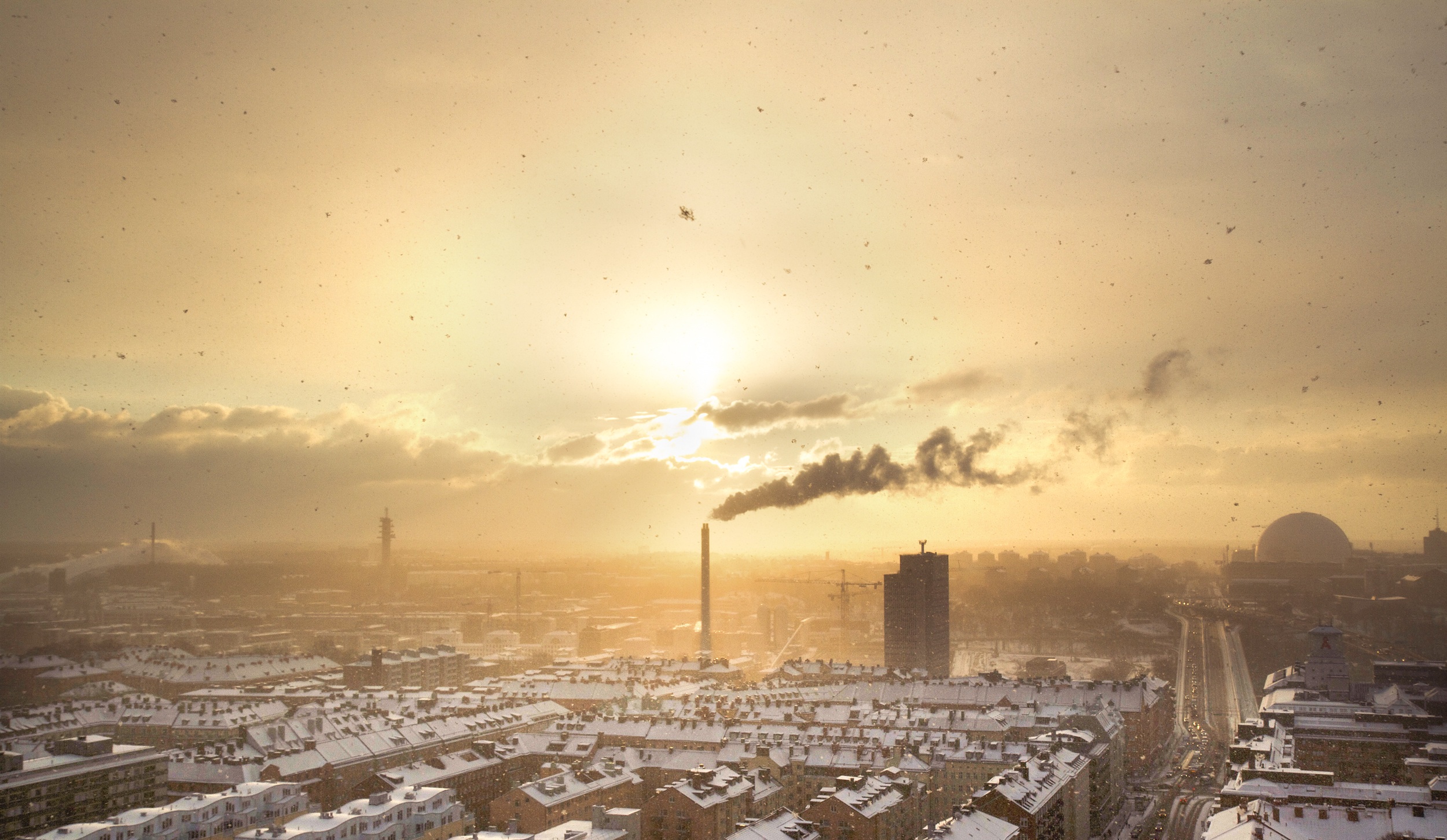China
is facing some severe gas shortage at the moment, caused by the limitation of
coal for heating in order to keep with environmental targets and the resulting
boost of gas as an alternative heater. This has also some severe effects on
China's fertiliser industry, which relies on the gas for production processes.

While
the Chinese government is pushing the country to higher environmental
protection, the use of coal and other polluting heating materials is limited.
As a result, the use of alternative heating materials, like natural gas, is
witnessing a demand peak, where supply cannot match and hence the heating fuel
supply is reaching some serious low level in some regions.
The
price of liquefied natural gas in North China has been on the rise since
September this year. With the beginning of December and some serious
temperature drops in northern China, the gas shortage became more severe and
even spread to the south, with gas prices in some regions exceeding USD1,210/t.
Especially
in the northern regions of China, the supply shortage is very acute, leaving
residents in anger about insufficient heating methods. In these regions,
heating, as well as other regular uses, account for about 50% of all coal used
in the winter period, which normally causes the obvious winter smog above
China's large cities.
The
disruption highlights the government's difficulties in its campaign to clean up
China's smog-choked cities and reduce reliance on coal.
The
winner in this situation are natural gas providers, mainly from
Central Asia, seeing exports of liquefied natural gas to China booming by
two-digit growth recently. Other countries that use the high gas demand from
the world's second-largest economy are Japan and also American countries.
China's
emissions have fallen in recent years as a slowdown in economic growth hit
heavily polluting industries in the north of the country. But an uptick in
economic growth rates this year has caused emissions to rebound, forcing
the government to strengthen measures designed to control pollution from
coal use.
The
Development and Reform Commission held warnings on Chinese providers of
liquefied natural gas to keep prices in an acceptable order and not take
selfish advantage of the shortage at the moment. The counteraction to keep
sufficient supply of gas should be a mix of increased domestic output and
imports, while the infrastructure needs some overhaul and reform to ensure
flawless transport of gas from the South of China to the North.
According
to market intelligence firm CCM, the gas shortage has also some severe effects on
some chemical industries, including synthetic ammonia manufacturers.
In
the beginning of December, all-natural gas-based chemical fertiliser
manufacturers, including those who produce urea and methanol, in some of
China's northern provinces had halted production in order to ensure natural gas
for heating purposes in North China. For example, market insiders are expecting
the daily gas shortfall in Sichuan Province and Chongqing Municipality will
reach about 2,000 m3 this winter if the temperature remains unexpectedly low,
and has therefore reduced or cut off the supply of gas to some of its
subsidiaries, saving one million m3 of natural gas every day.
Facing
such stringent gas shortage, downstream chemical industries successively cut or
suspended production.
Yunnan
Yuntianhua announced that its subsidiary had ceased operation of its synthetic
ammonia and urea production lines in early December. and that it was
unlikely that its subsidiary would be able to resume production by the end of
this month. Hubei Yihua announced that its synthetic ammonia and urea
production lines of Inner Mongolia had halted production for the same reasons.
Since
most synthetic ammonia companies in the southwest use natural gas as a raw
material in production, the lack of natural gas has had a significant impact on
their operating rates, which in turn has resulted in tightened raw material
supplies for domestic monoammonium phosphate and diammonium phosphate
manufacturers. By the middle of December, mainstream quotations for synthetic
ammonia in Yunnan and Guizhou provinces had risen significantly, and subsequent
increases are expected in Hubei and Hunan Province. Some industry insiders
believe that domestic synthetic ammonia prices may be further boosted as a
result of higher raw material prices, as the natural gas shortage is expected
to last until February or March 2018.
About CCM
CCM
is China's leading market intelligence provider for the fields of Agriculture
Chemicals, and Food & Feed.
More
information on this article and the Chinese phosphorus and fertiliser market
can be found in CCM's monthly phosphorus chemicals Newsletter. To get in touch
with CCM, please write an email to econtact@cnchemicals.com or
call us at +86-20-3761 6606